2022 was a productive year for XPaths
We're excited to say that XPaths project made some big strides, even amidst the challenges of the COVID-19 pandemic. We managed to organize 27 inclusive dialogues across eleven different locations in three countries; engaging with over 660 participants in seven languages or dialects, including sign language.
XPaths team had the privilege of bringing a diverse mix of people from various backgrounds together - public and private sectors, academia, NGOs, and civil society. All with one shared goal - building a sustainable future for drylands.
A rewarding multi-method process
Our multi-actor dialogues are built on the 3H4SDG approach, which aims to foster diverse perspectives on our collective present and future. But it's not just about talking; it's about learning together, revealing tensions, and building capacities to safeguard both people and nature. Participants have found the process rewarding, spurring hope for their communities’ futures.
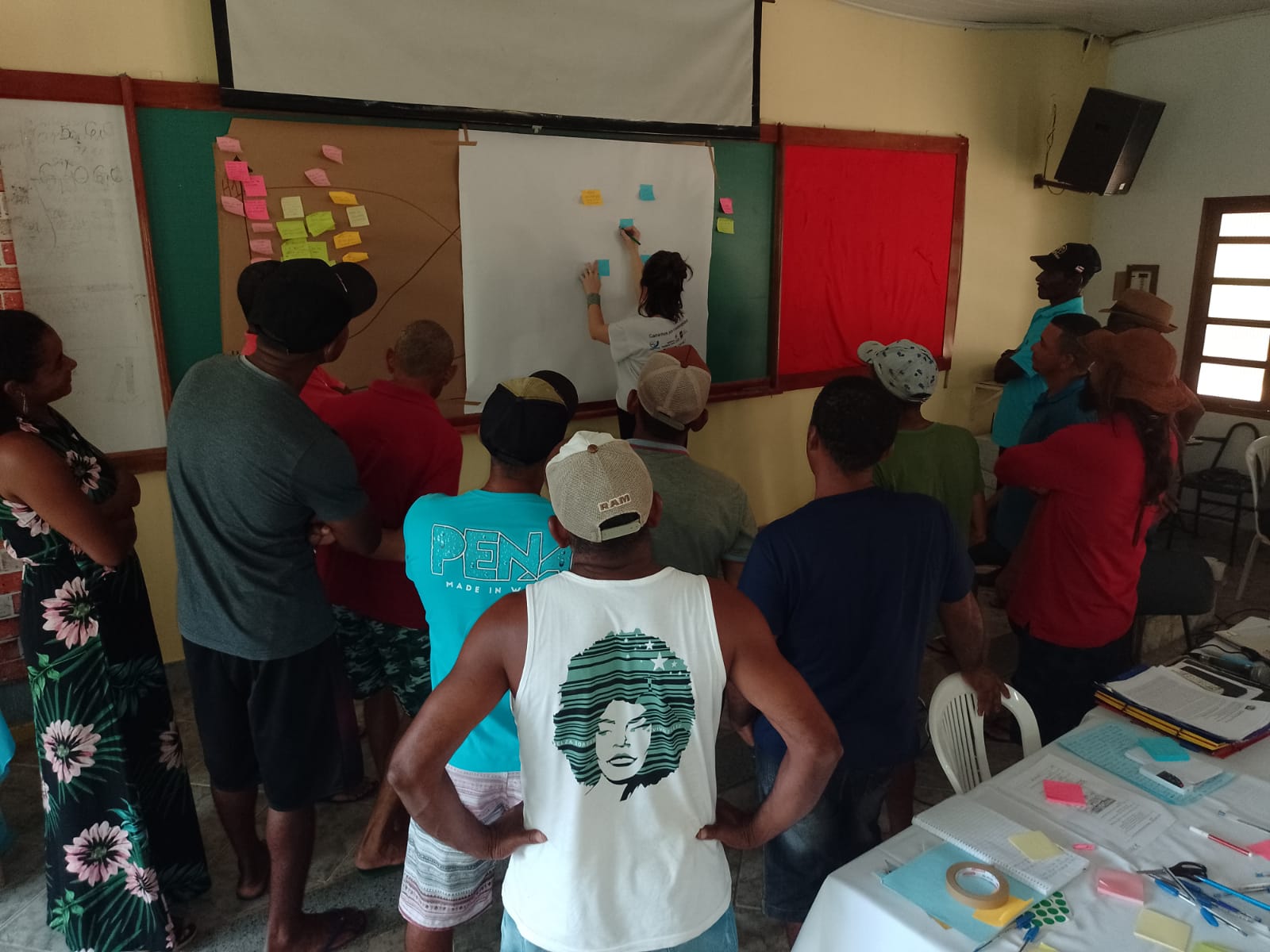
The immediate benefits from the dialogues have encouraged continued involvement and expanded our reach. For example, the participation of representatives from international organizations and funding agencies in our XPaths Senegalese dialogues has the potential to direct funding towards more inclusive, bottom-up local development approaches.
“XPaths dialogues enable the identification of ‘low hanging fruit’ actions, even before the full participatory process is finalized,” says XPaths researcher Deborah Goffner.
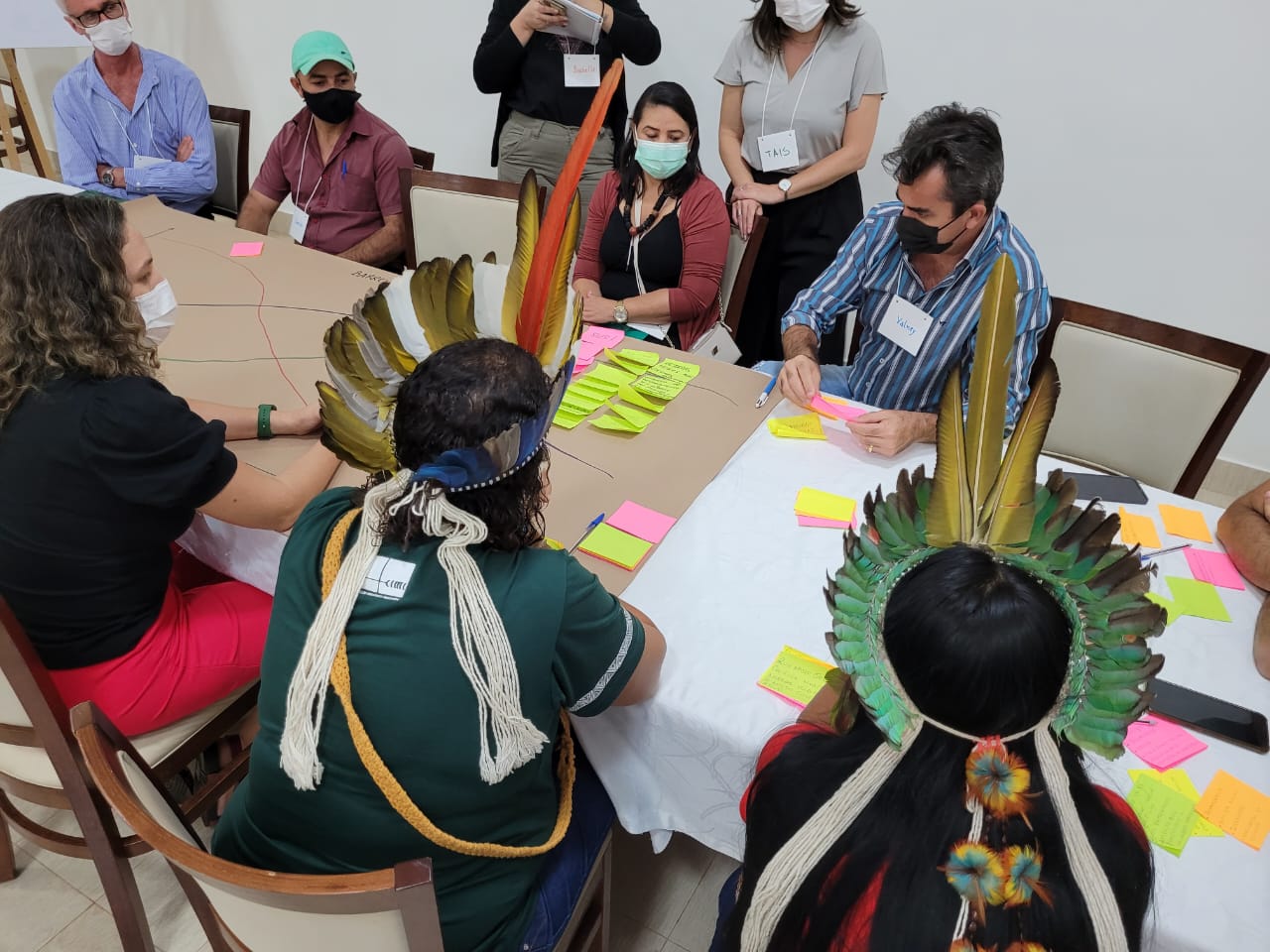
Innovative engagement approaches
To enhance meaningful stakeholder engagement and collect robust data, we used a blend of system thinking tools in a participatory setting. For instance, XPaths researchers and participants built together causal loop diagrams (think of these as visual maps of a system and its interconnected parts as shown in the picture below) to help understand the complex nature of drylands and visualize pathways towards desired futures.
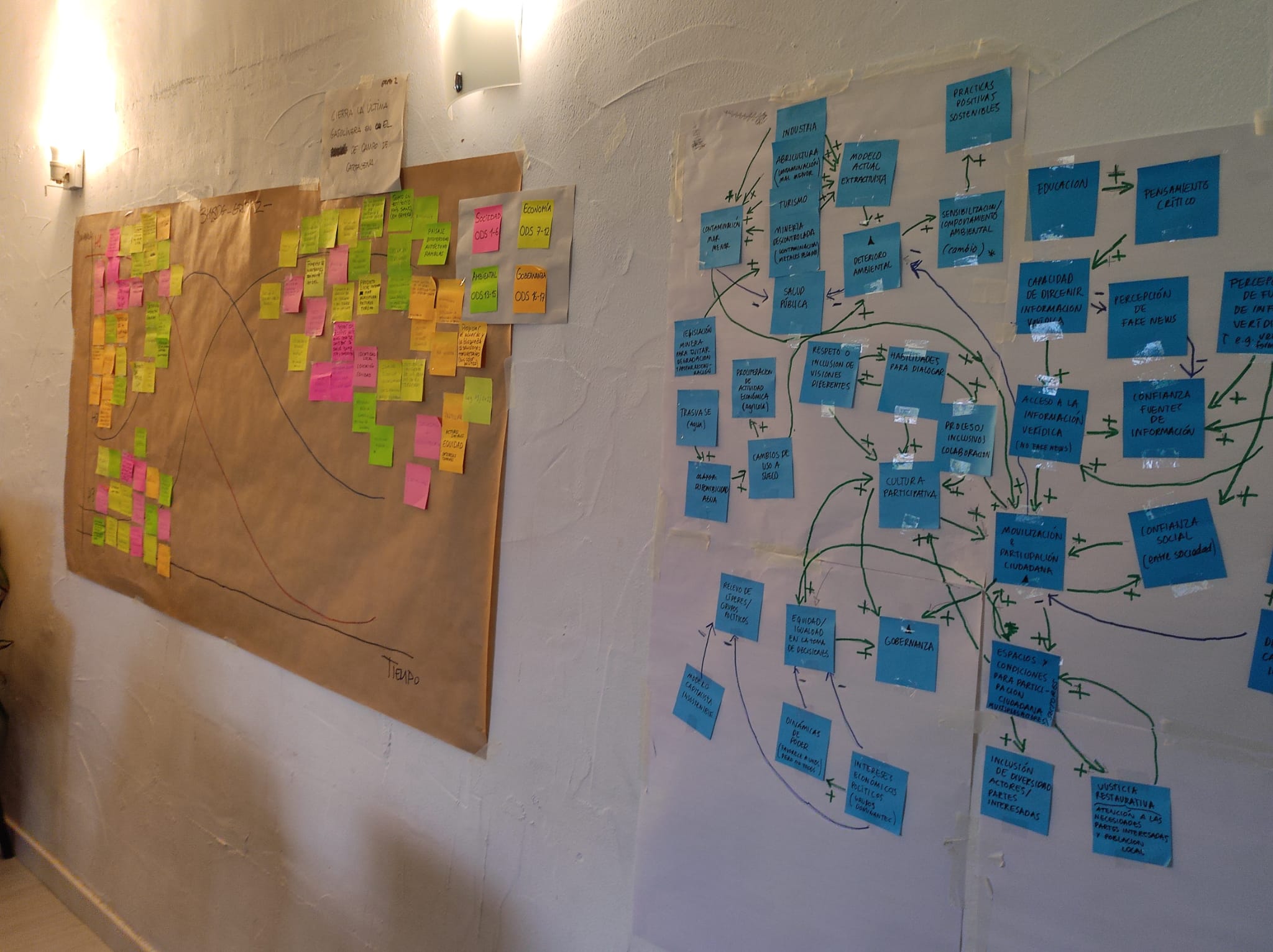
We also put creative, critical art-based methods into action! For instance, music performances and theatre techniques were used to ignite lively interactions and brainstorm solutions. Some of these performances were filmed and showcased in other subsequent dialogues, helping participants to spot sustainability challenges and reflect on their own struggles and how to overcome them.
“Art-based methods are a transformative tool for balancing power relations between participants, including facilitators, and for creating safe spaces for dialogue,” says XPaths researcher Amanda Jimenez Aceituno.
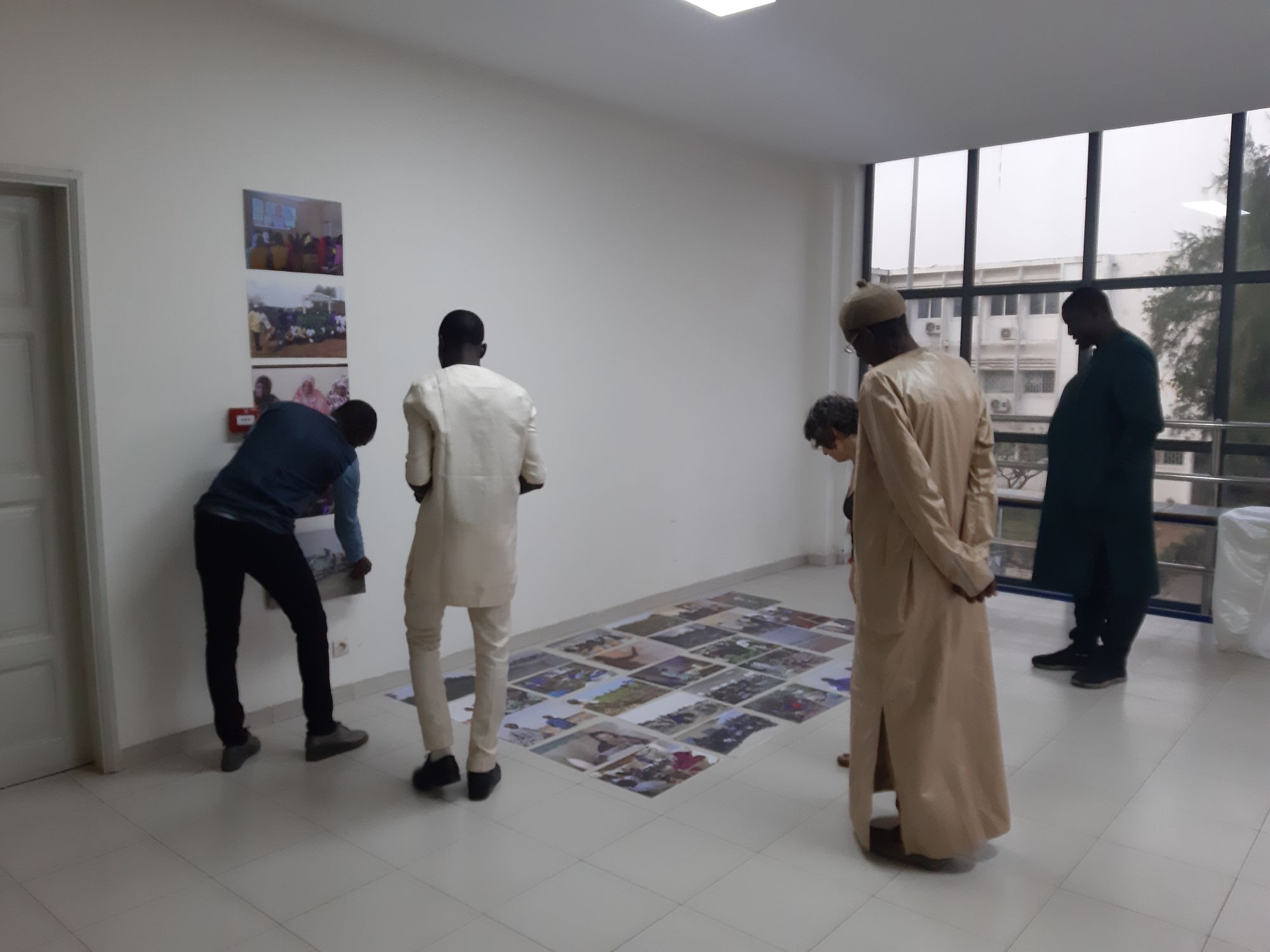
XPaths 2023:
Steering Towards Policy Action Plans
In 2023, XPaths entered the last phase of dialogues (Phase 3), focusing on co-designing policy action plans toward desired futures.
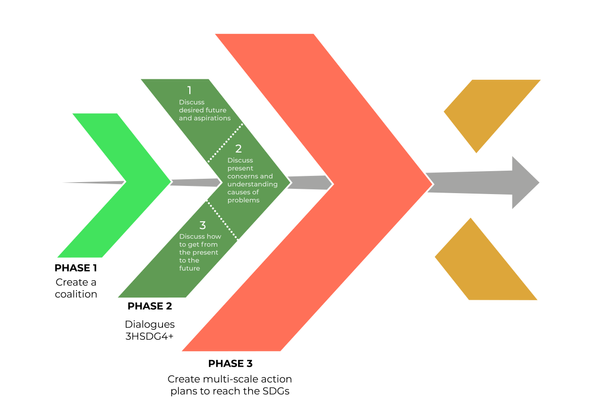
The overarching results will be presented and discussed with EU representatives from different societal sectors in the end of 2023; connected with opportunities for further collaborations
Comments